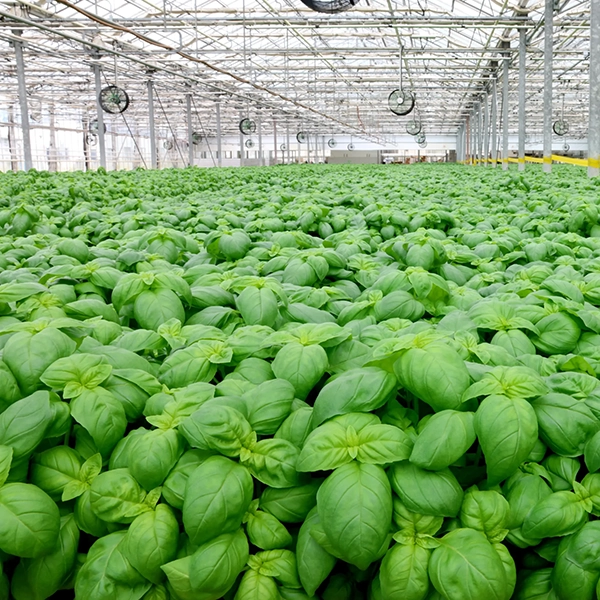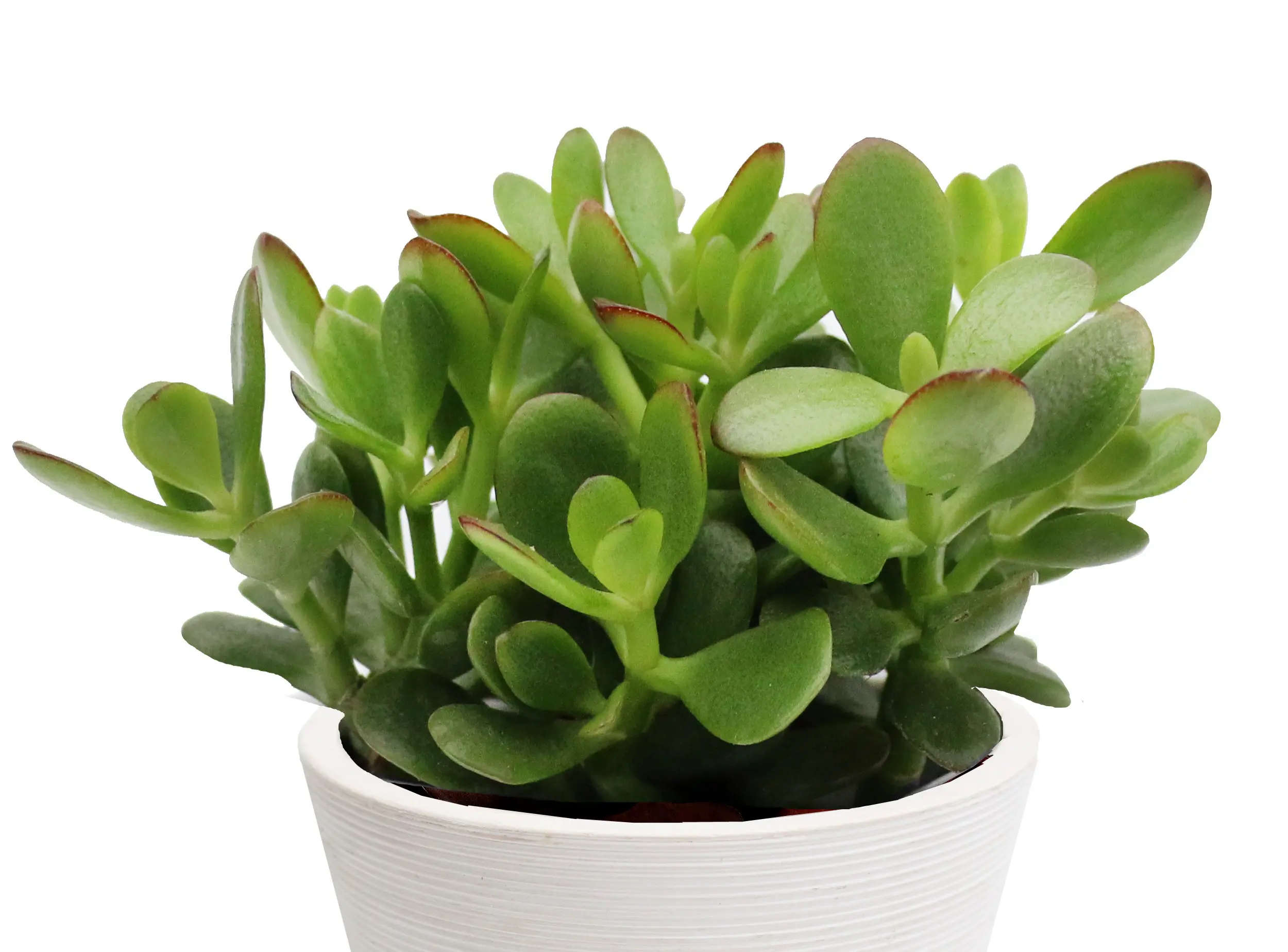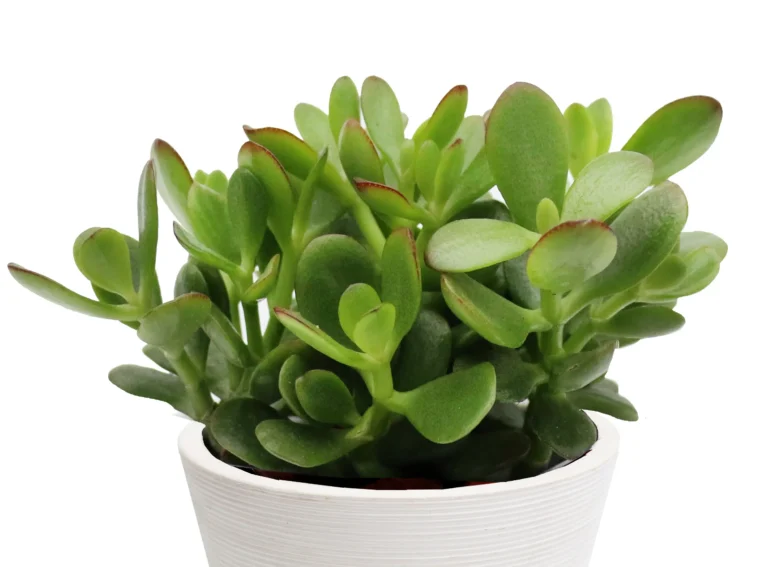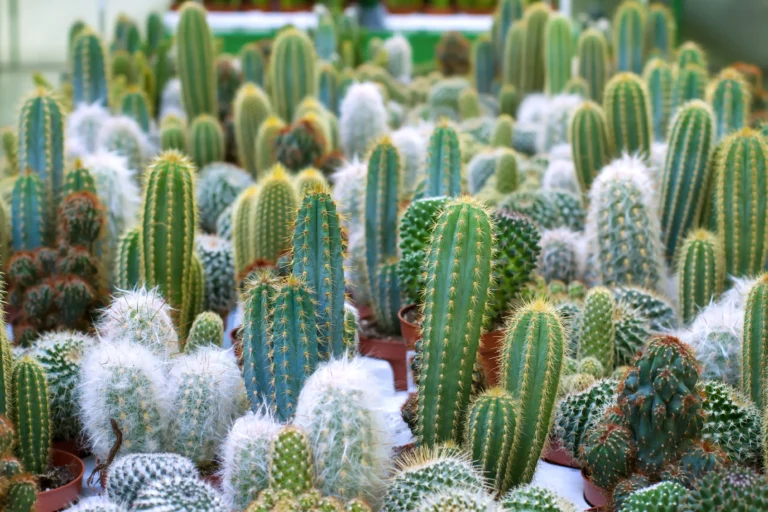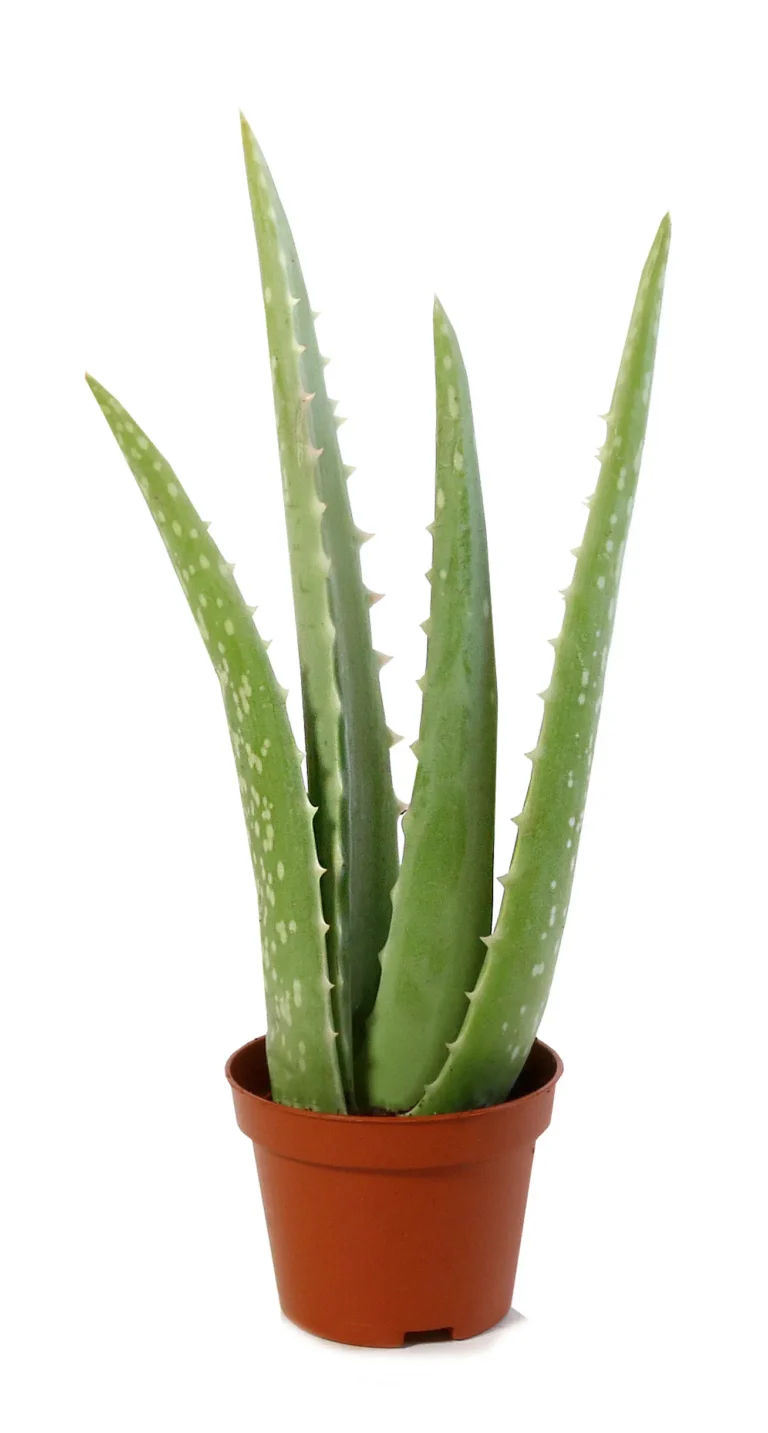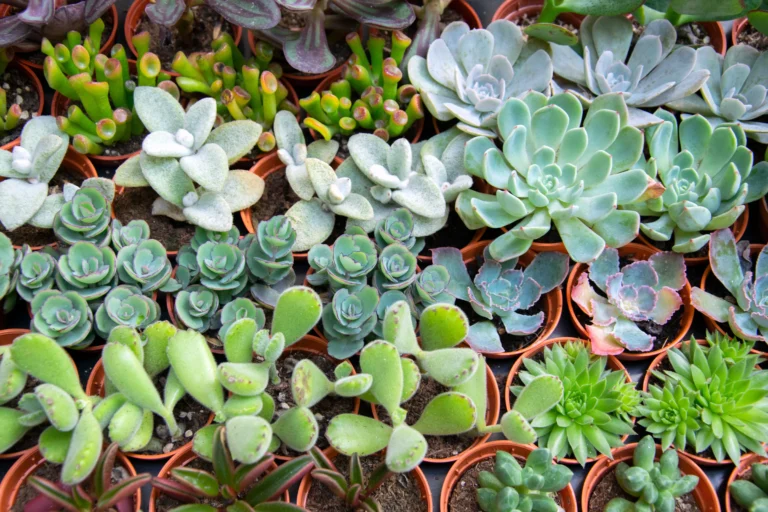Watering
Watering needs for Jades change throughout the year as the plant grows actively during the spring and summer and is usually dormant in the wintertime. It is important to pay attention to the needs of the plant because overwatering can be the fastest way to kill your Jade. In their native climate, these plants are used to receiving heavy watering followed by a drought. So, if it gets overwatered it can often make the plant susceptible to root rot.
Give the plant more waterings in the summer because of their growing activities and the warmer temperatures. Be sure to keep the soil moist but not too wet, water again when the soil begins to dry. Reduce your watering to once a month in the winter as the plant typically goes dormant.
Another watering option is placing the jade plant into a saucer of water to water the plant from underneath. Just don’t let your plant sit in water too long.

